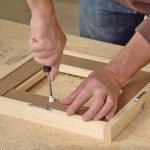Introduction
Drawing flowers in a vase can be a delightful and rewarding artistic endeavor. Whether you’re a beginner or an experienced artist, capturing the beauty of flowers can evoke a sense of tranquility and joy. In this comprehensive guide, we’ll explore step-by-step techniques and tips to help beginners create stunning floral drawings that showcase the natural elegance of these timeless subjects.
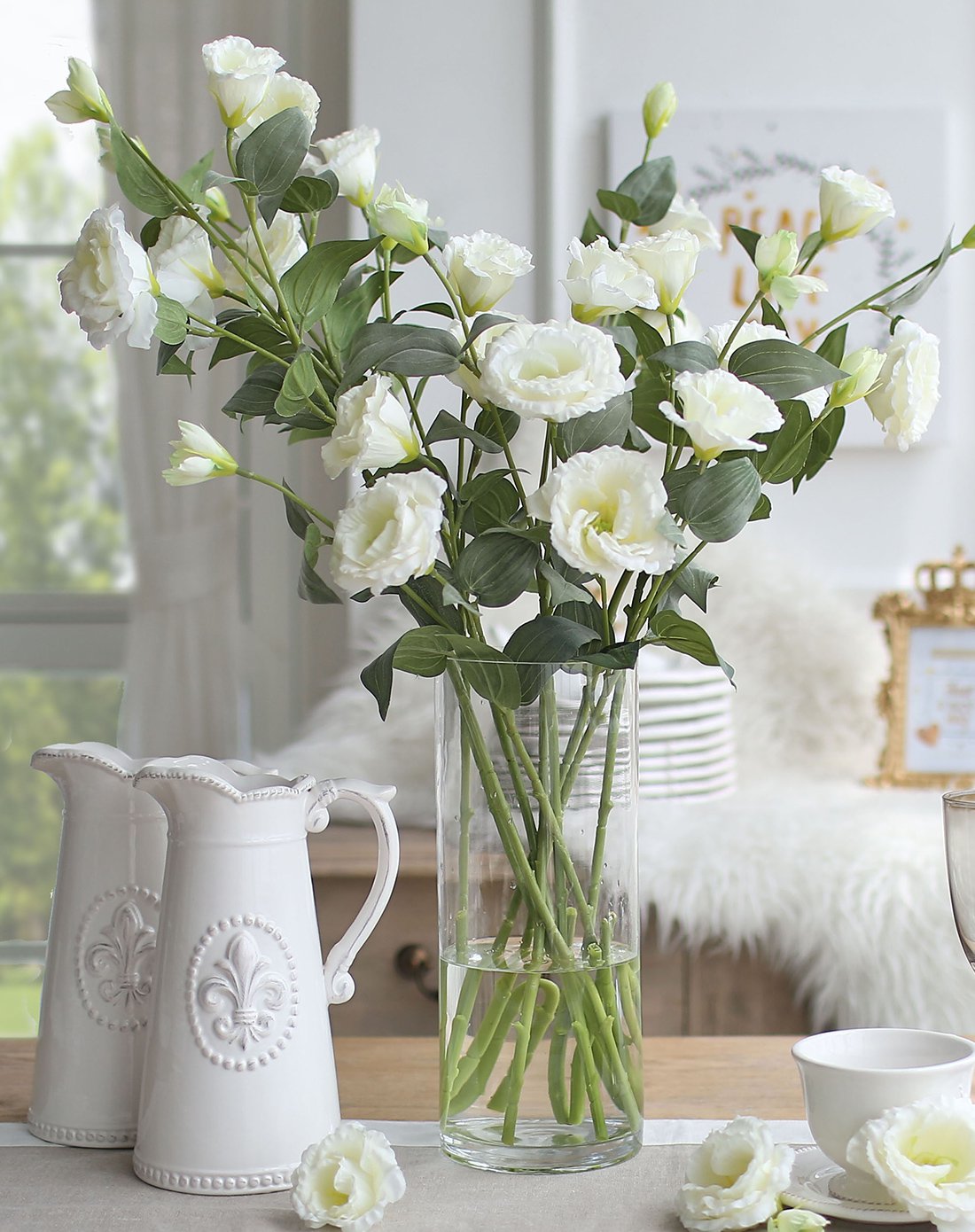
Choosing Your Materials
Before you begin drawing, gather your materials. You’ll need quality drawing paper, pencils (preferably ranging from H to 6B for varying tones), an eraser, a sharpener, and a vase with fresh flowers. Additionally, consider using colored pencils or watercolors for adding vibrant hues to your artwork. Choose materials that suit your preferences and budget, ensuring they will allow you to achieve the desired effects.
Selecting the Right Flowers and Vase
When selecting flowers for your drawing, choose blooms that inspire you and reflect your personal style. Consider factors such as color, shape, and texture, as well as the overall composition of your drawing. Experiment with different flower varieties and arrangements to find the perfect combination for your artwork.
Similarly, choose a vase that complements the flowers and adds visual interest to your drawing. Whether it’s a simple glass vase, a rustic ceramic vessel, or an ornate porcelain urn, the vase can enhance the overall aesthetic of your composition and provide a focal point for the viewer.
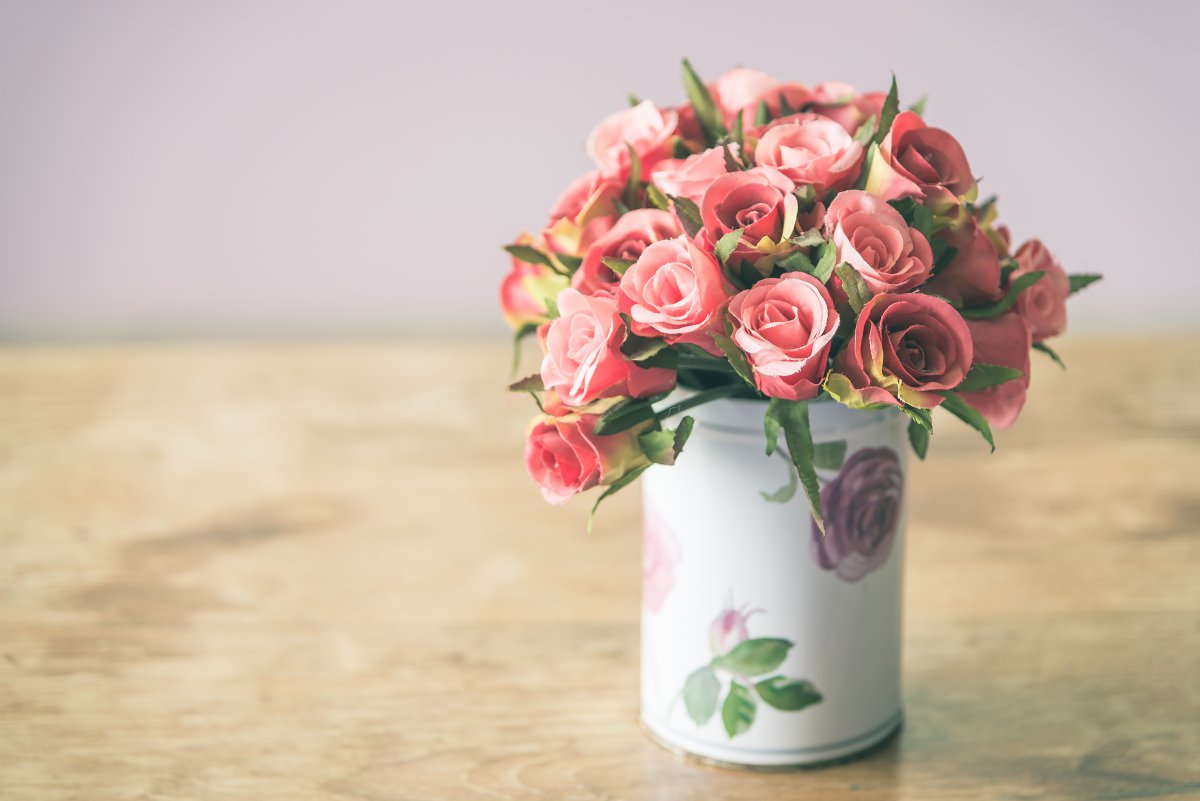
Setting Up Your Still Life
Once you’ve gathered your materials and selected your flowers and vase, set up your still life arrangement. Place the vase with flowers on a stable surface near a natural light source, such as a window, to ensure optimal lighting conditions. Consider the angle and perspective from which you’ll be drawing, as well as the background against which the flowers will be placed.
Take your time arranging the flowers in the vase, paying attention to the balance, proportion, and spacing between each bloom. Experiment with different compositions and viewpoints until you find a setup that appeals to you and captures the essence of the flowers’ beauty.
Observing and Sketching
Before you begin drawing, take a few moments to observe the flowers closely. Notice the intricate details of each petal, the graceful curves of the stems, and the delicate play of light and shadow. Pay attention to the overall form and structure of the flowers, as well as any unique characteristics or imperfections that give them personality.
Start by sketching the basic outlines and shapes of the flowers using light, loose strokes. Focus on capturing the overall gesture and proportions of each bloom, rather than getting bogged down in too much detail at this stage. Use your pencil lightly and allow yourself to make mistakes, as sketching is a process of exploration and refinement.
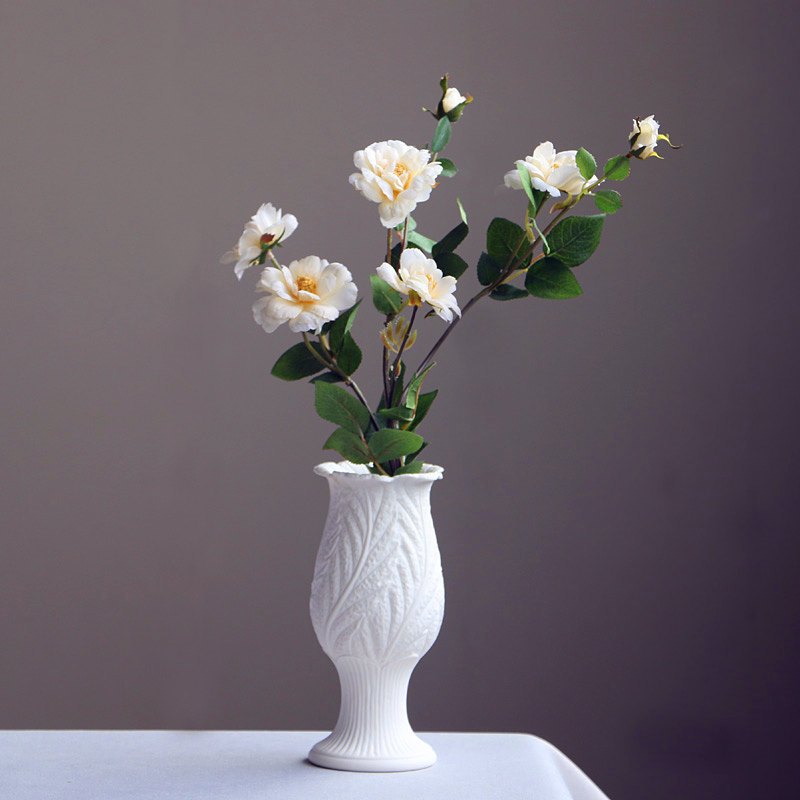
Adding Detail and Texture
Once you’ve established the basic outlines of the flowers, begin adding detail and texture to bring them to life. Pay close attention to the subtle variations in shape, shading, and texture within each petal, as well as the intricate patterns and veins that give them their unique character.
Use a range of pencil grades to create depth and dimension in your drawing, using lighter strokes for highlights and darker strokes for shadows. Experiment with different drawing techniques, such as hatching, cross-hatching, and stippling, to achieve the desired effects and create a sense of realism in your artwork.
Focusing on Composition and Balance
As you continue to refine your drawing, pay attention to the overall composition and balance of the artwork. Consider the placement of each flower within the vase, as well as the negative space surrounding them. Look for opportunities to create dynamic contrasts and harmonious relationships between shapes, colors, and textures.
Experiment with different viewpoints and perspectives to find the most compelling composition for your drawing. Consider cropping or zooming in on certain elements to create a sense of intimacy and focus, or zooming out to capture the full breadth and beauty of the floral arrangement.
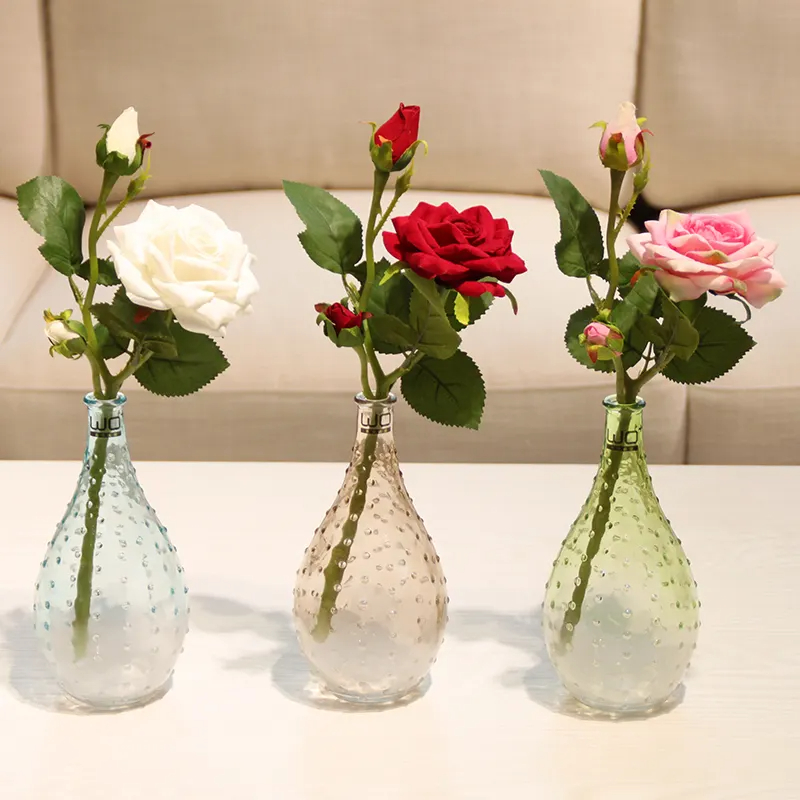
Adding Color and Atmosphere
If you’re working with colored pencils or watercolors, now is the time to add color and atmosphere to your drawing. Select colors that complement the flowers and evoke the mood or feeling you wish to convey. Pay attention to the subtle variations in hue, saturation, and value within each petal, as well as the interplay of light and shadow throughout the composition.
Take your time layering colors and building up depth and intensity in your drawing. Use watercolor washes to create soft, translucent effects, or colored pencils to add rich, vibrant details. Experiment with blending techniques and color mixing to achieve the desired results, allowing yourself to explore and express your creativity freely.
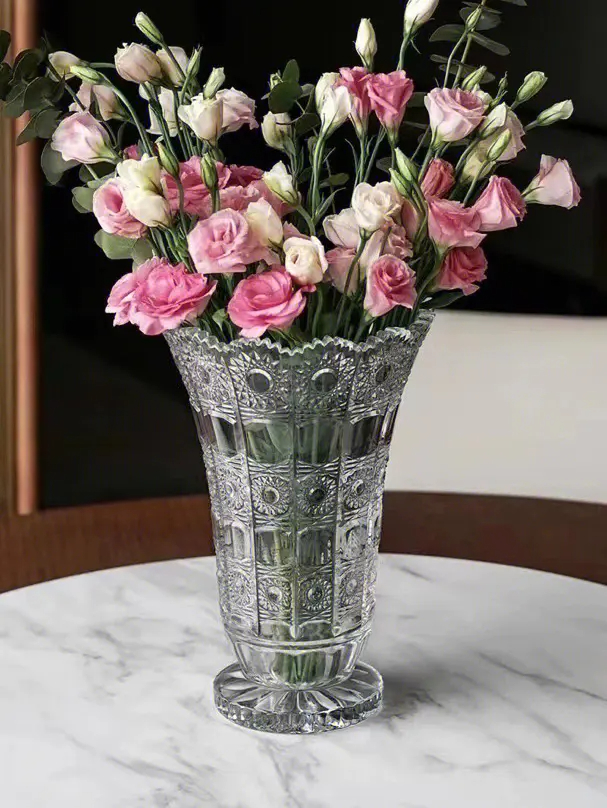
Refining and Finishing Touches
As you near completion of your drawing, take a step back and assess the overall composition and balance. Look for areas that may need additional refinement or detail, as well as any areas where the drawing feels flat or lacking in depth. Use your eraser to selectively lighten or adjust areas of the drawing as needed, and make any final tweaks or adjustments to ensure a polished finished product.
Consider adding additional elements to your drawing, such as background details or decorative embellishments, to enhance the overall visual impact. Experiment with different framing options or presentation styles to showcase your artwork in the best possible light, whether it’s displayed on a wall, in a portfolio, or as a gift for a friend or loved one.
Seeking Inspiration and Practice
Drawing flowers in a vase is not only about technical skill but also about capturing the essence and beauty of nature. Take the time to seek inspiration from other artists’ work, whether it’s through books, online resources, or visiting art galleries. Study different techniques, styles, and approaches to drawing flowers, and use them as inspiration for your own artistic journey.
Practice regularly to improve your drawing skills and develop your own unique style. Set aside dedicated time each day or week to sketch flowers from life or reference photos, focusing on different aspects such as form, texture, and composition. Don’t be discouraged by mistakes or setbacks—view them as opportunities for growth and learning.
Experimenting with Different Mediums and Techniques
While pencil drawing is a classic and versatile medium for capturing the beauty of flowers, don’t be afraid to experiment with different mediums and techniques to expand your artistic horizons. Try using colored pencils, watercolors, pastels, or even digital tools to create unique and expressive floral artworks.
Explore different drawing techniques, such as gestural drawing, contour drawing, or expressive mark-making, to add variety and spontaneity to your artwork. Embrace the process of experimentation and discovery, allowing yourself to play and explore new possibilities in your drawing practice.
Conclusion
Drawing flowers in a vase offers endless opportunities for creative expression and artistic exploration. By following the steps outlined in this guide and allowing yourself to experiment and take risks, you can create stunning floral drawings that capture the timeless beauty of nature. Whether you’re a beginner or an experienced artist, drawing flowers in a vase is a rewarding and enjoyable way to hone your skills, cultivate your creativity, and bring joy to others through your art.




